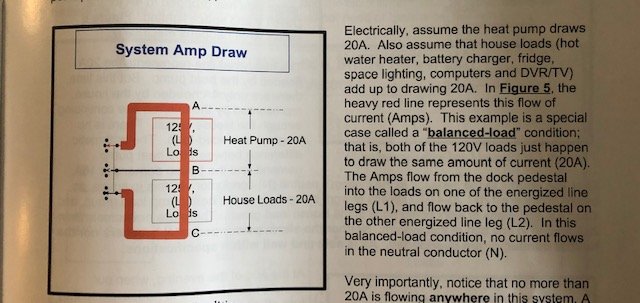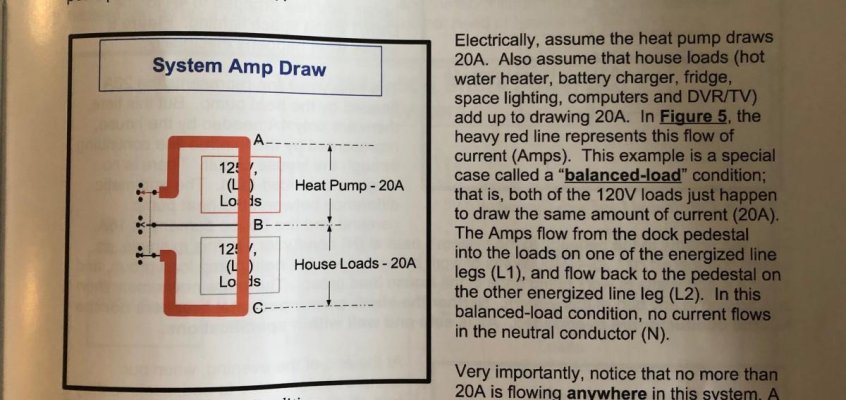SteveK
Guru
- Joined
- Jul 5, 2019
- Messages
- 5,082
- Location
- Gulf Isalnds BC canada
- Vessel Name
- Sea Sanctuary
- Vessel Make
- Bayliner 4588
I would refer you to my previous post. Loads do not have to be perfectly matched to benefeit.
Bud, I do not think I was disagreeing with you. Just pointing out the obvious. Boats do not have enough load items that run at the same time to create balanced loads that fulfill the theory. Even a 100 amp residence can be theoretically balanced but not operate balanced at all times.
220 heaters self balance, 2 110 heaters have to be both on to balance.
Not sure what you are arguing.



